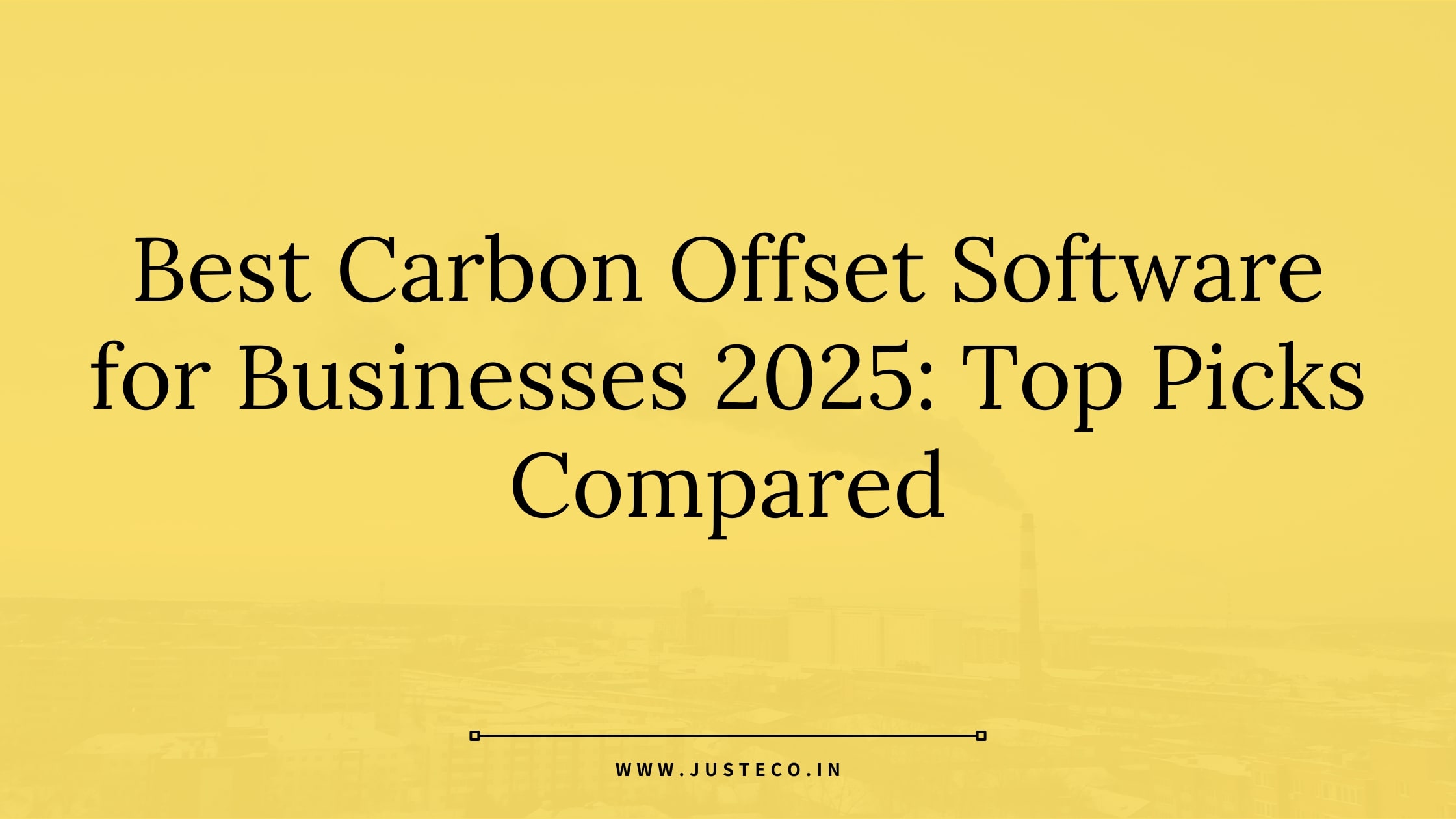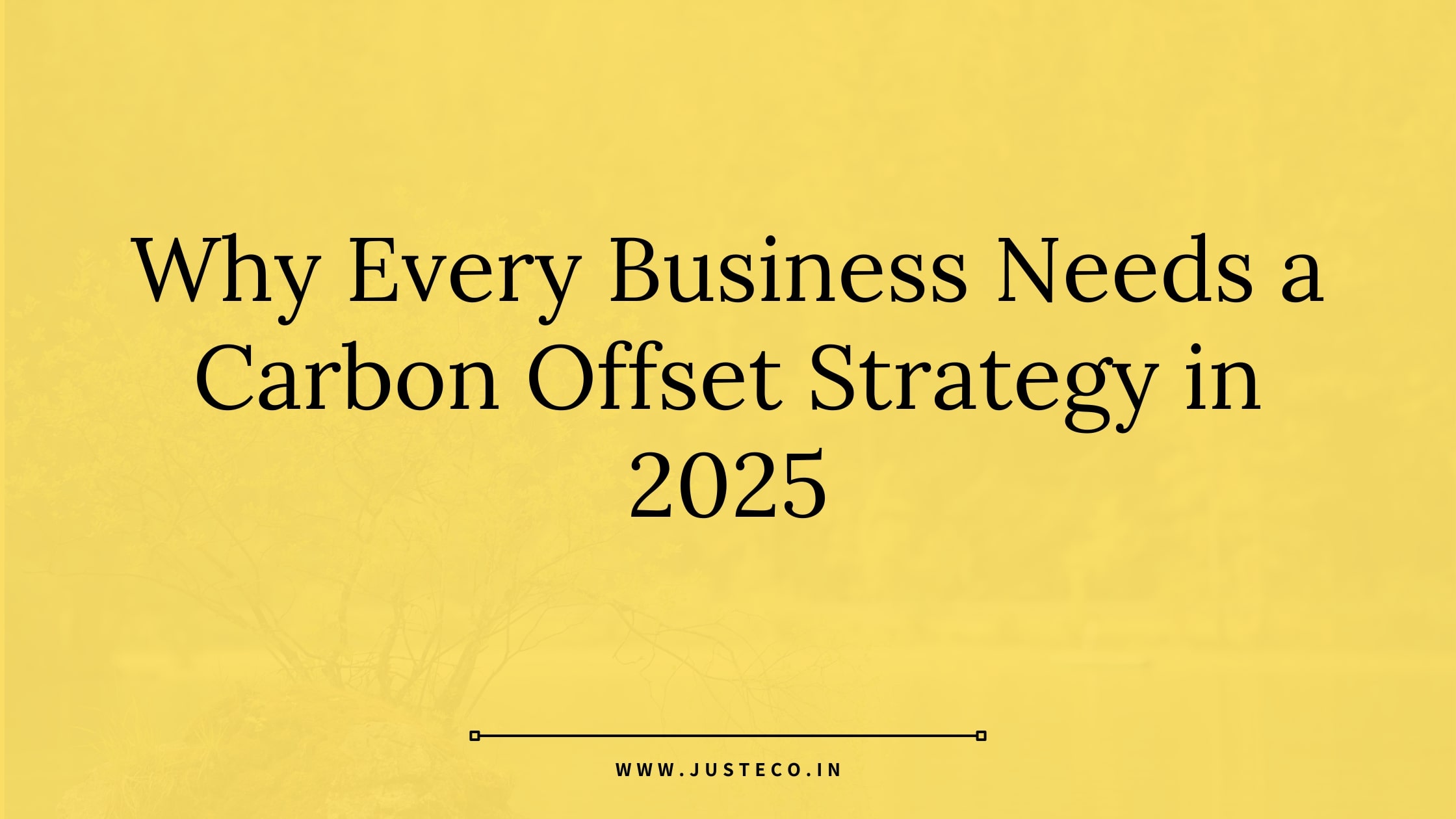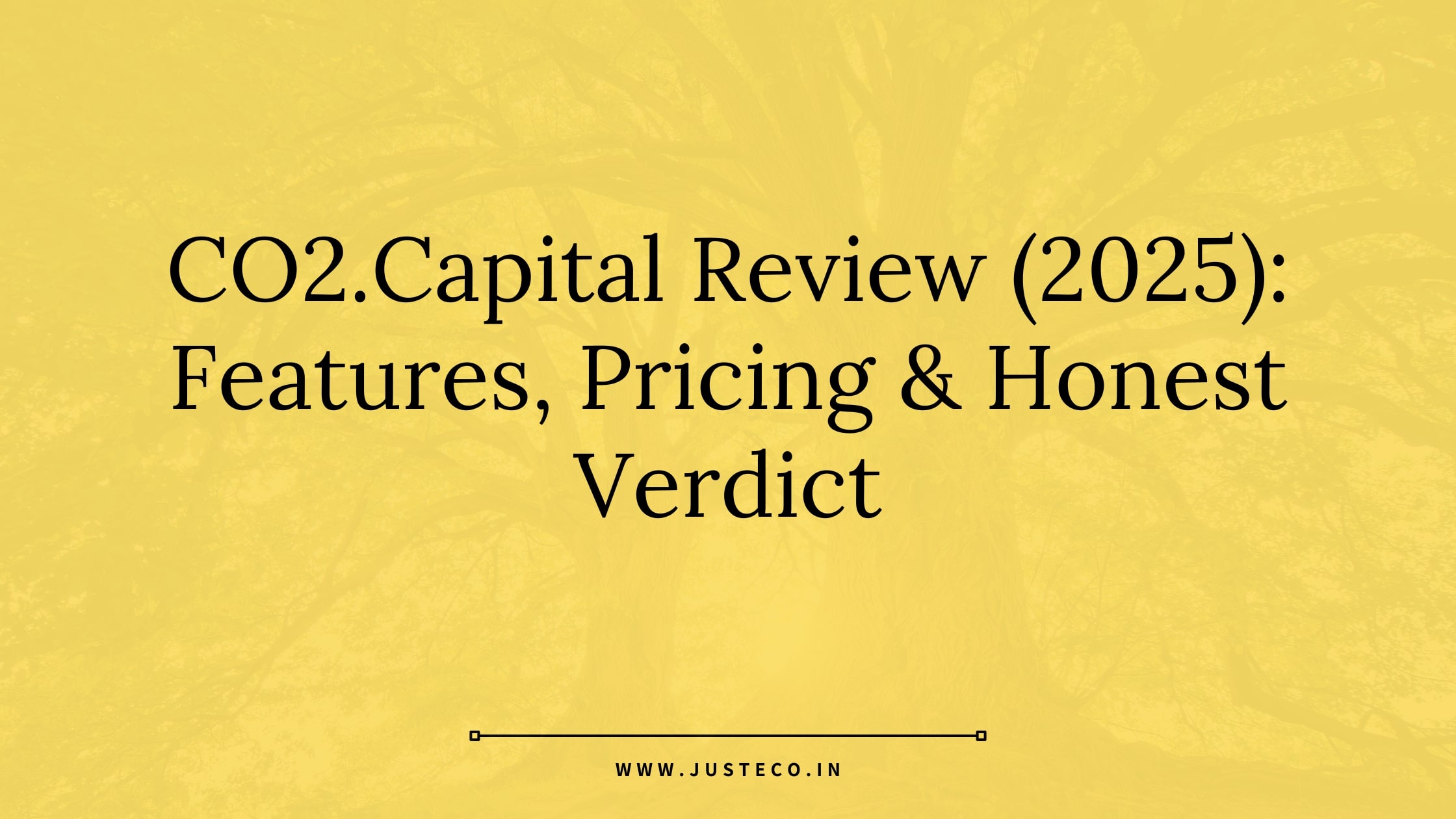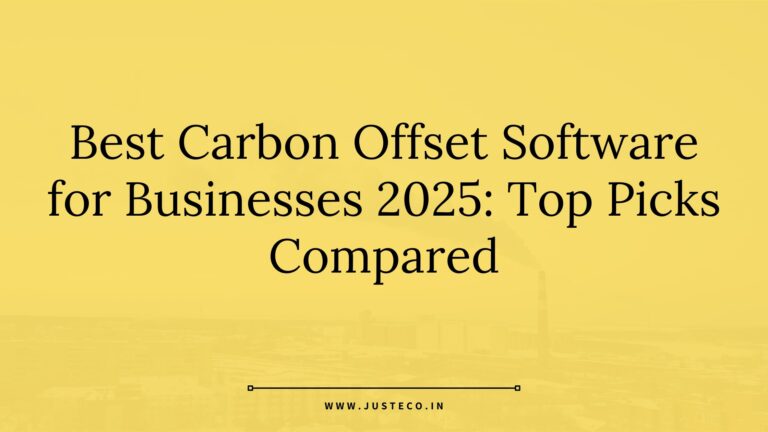Nowadays, Sustainable living is the most common word people are interested in. After this pandemic, because of the oxygen shortage, they learn many things.
People get to know the importance of the environment & why its protection is required.
Here we will share a detailed guide about types of biodegradable plastic. What is it?
How this will help make you & your surroundings more environmentally friendly so you can adopt sustainable life after knowing this term.
Table of Contents
ToggleWhat does biodegradable mean
Biodegradable is the property of any substance, which denotes that the substance or material can be disintegrated or not & Able to convert into compost by using natural resources like sunlight, water, bacteria, etc.
Here are some examples of biodegradable materials present in our surroundings.
- Food waste( organic waste of fruits & vegetables, grains)
- Green waste (Plants, flowers, leaves, wood)
- Bodies of humans, animals, birds
- Paper wastes
- Sewage
What is biodegradable plastic?
Biodegradable plastic is a newly designed plastic that is created by focusing on the harmful effects of plastic. These plastics can be decomposed in the presence of bacteria, as do with other organic materials.
Usually, plastic is a material that is considered a non-biodegradable material. Still, the technology goes too far & because of that, science has successfully created a plastic that is included in the list of biodegradable materials.
Shocking!! But true
These biodegradable plastics will take approximately 6 months to break down, but I can’t find an estimated time.
Hence, it will not harm the environment.
Types of biodegradable plastic
Understanding the concept of biodegradable is much more challenging. However, we are still trying to make it as simple as possible to get the difference between all types of biodegradable plastics.
According to our research, we found a few types of biodegradable plastics are there:-
Polyhydroxyalkanoates (PHAs)
Polyhydroxyalkanoates belong to a class of biodegradable plastic naturally produced by various microorganisms. The biosynthesis of PHA is usually driven by depriving some organisms of certain nutrients and supplying an excess of carbon sources.
Polylactic acid (PLA)
Polylactic acid is a thermoplastic aliphatic polyester synthesized from renewable biomass, typically from fermented plant starch such as corn, cassava, sugarcane, or sugar beet pulp.
Starch blends
Starch blends are thermoplastic polymers that are produced by blending plasticizers. While all starches are biodegradable, all plasticizers are not. Therefore, the biodegradability of the plasticizer determines the biodegradability of the starch blend.
Cellulose-based plastics
Cellulose bioplastics are the cellulose esters (including cellulose acetate and nitrocellulose) and their derivatives, including celluloid. Cellulose can become thermoplastic when extensively modified.
Lignin-based polymer composites
Lignin-based polymer composites are bio-renewable natural aromatic polymers along with biodegradable properties. Lignin is also a byproduct of polysaccharide extraction from plant material through paper, ethanol, and more.
Petroleum-based plastics
Petroleum-based plastics are derived from petrochemicals obtained from fossil crude oil, coal, or natural gas. The most widely used petroleum-based plastics such as polyethylene terephthalate (PET), polyethylene (PE), polypropylene (PP), and polystyrene (PS) are not biodegradable.
Polybutylene succinate (PBS)
Polybutylene succinate, i.e., PBS, is a thermoplastic polymer resin that includes all properties comparable to propylene. It is commonly used in packaging films for cosmetics and food.
How biodegradable plastic save the environment
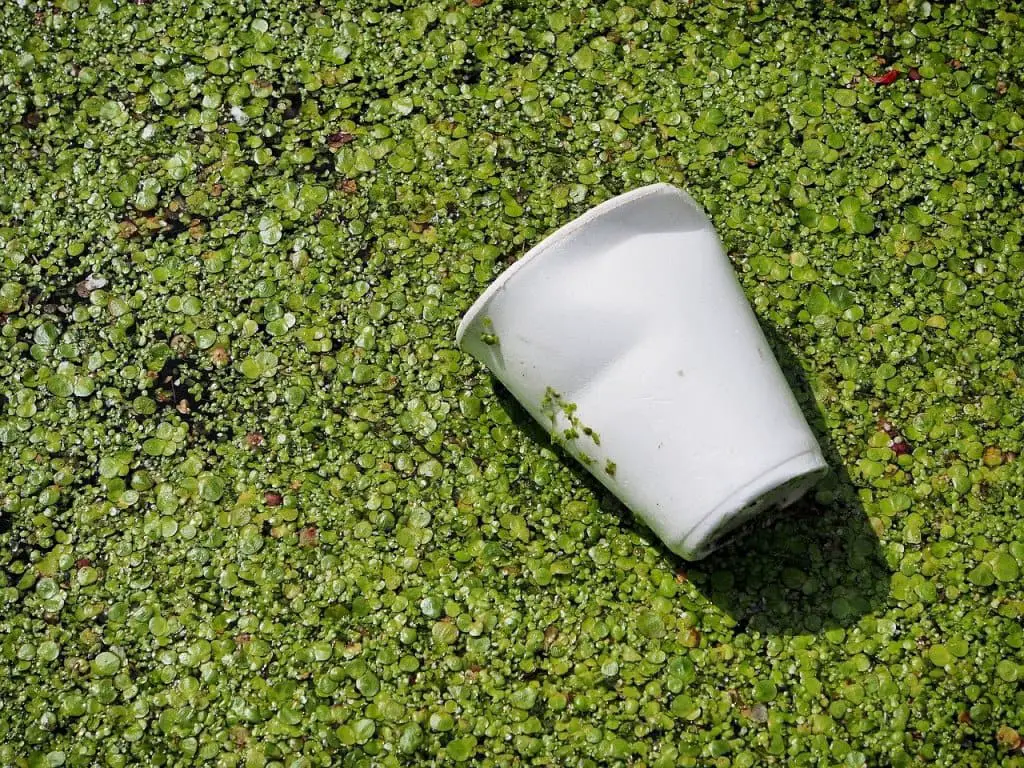
Biodegradable plastic is made up of natural raw materials that will improve & affect many factors of the environment. The five advantages we shared below in which biodegradable plastic plays a vital role in saving the environment.
Reduce the percent of carbon emission on world
The significant benefit is, it helps to decrease the percentage of carbon emission so much.
As we noted above, it uses natural resources to release less carbon during manufacturing in the industries.
Consume less energy
Although these biodegradable plastic needs less energy during manufacturing, comparatively, the manufacturing of non-biodegradable plastic.
Produce less Waste
In the previous post, we discussed the waste segregation process & also talked about the plastic is spreading everywhere on the earth.
In India, millions of plastic wastes are produced from households every year that could be stopped to go into the landfills, oceans & save them from pollution due to biodegradable plastic.
However, biodegradable plastic has the characteristics to convert itself into compost it means the maximum waste problem will be solved automatically.
Reduce pollution
When the non-biodegradable plastic Waste burns, it releases many dangerous substances in the form of gas which harms the environment & affects living beings (Humans, Birds, Animals, etc.) health badly.
However, by initiating the use of biodegradable plastic that will compost naturally in a short time without chemicals than traditional plastic. Hence no-one won’t be able to burn plastics & the pollution will reduce.
Eco-friendly
The last advantage we add to the list is eco-friendly. It will help to make your life sustainable & more eco-friendly.
Choosing eco-friendly products & adding them to your daily life will positively impact your health & you feel happier because you’re doing something good for the environment too.
What is the difference between compostable and biodegradable
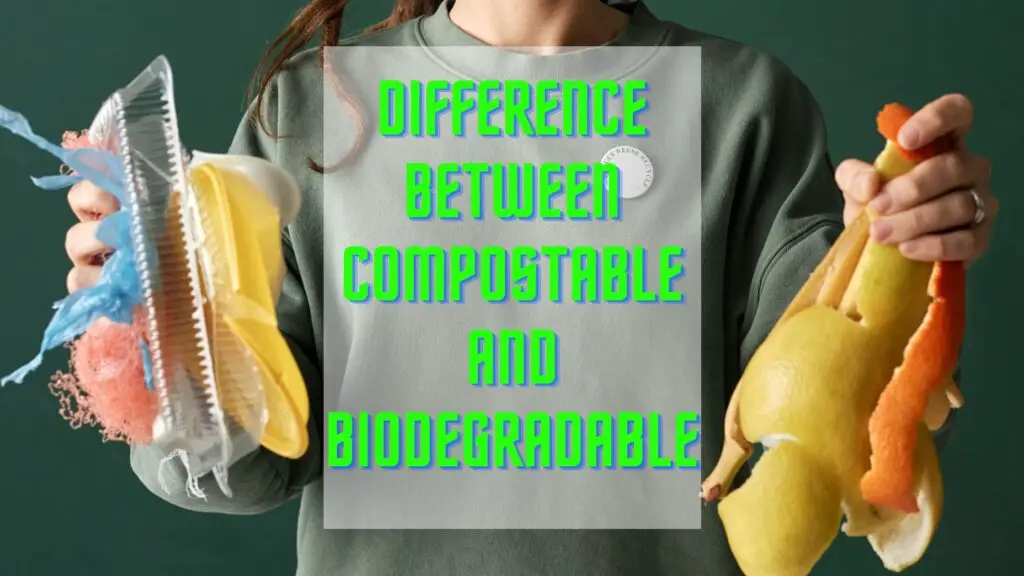
| S.no. | Biodegradable | Compostable |
| 1. | The term “Biodegradable” mainly is used when some material is broken down over time into small pieces by the use of biological organisms like bacterias and fungi | Compostable is a process to recycle your house’s organic waste into compost. That could be done by anyone, anywhere by following some conditions. |
| Some points which we need to focus on before making a compost. Like which type of waste you need to make compost, the temperature where to keep it in sunlight or shady area, which container should we need to use close or open, etc. | ||
| 2. | Biodegradable products are decomposed naturally or that’s why it can be called is a natural process. | On the other side, it will happen in a specific condition it means it is a controlled process |
| 3. | It will convert the material into biomass | By this process, the waste will convert into rich soil substances. |
| 4. | Its time cannot be calculated | Generally, It takes almost 90 to 180 days |
The biodegradable & compostable types are different. however, the same thing in both is they have the same objective i.e to return the waste to the earth without putting any harmful effect on the environment
Conclusion
We try to share all the helpful knowledge about biodegradable, which would be beneficial for you somehow in the future.
As fast plastic is ruining the environment & becoming the cause of pollution, we believe that these types of biodegradable plastic will only be a fantastic option for replacing non-biodegradable plastic.
If you love sustainable living & want to know more about environmental issues or make your life more environmentally friendly, join the JUSTECO community by subscribing to our newsletter.
Frequently Asked Questions
Q1. Is polyethylene biodegradable or compostable?
Polyethylene is not considered biodegradable or compostable. Hence, It is a non-biodegradable material.
Q2. Does biodegradable mean compostable?
No, biodegradable doesn’t mean compostable; these are the two different terms with different meanings.
Q3. Which type of plastic is biodegradable?
There are mainly 4 types of Biodegradable-Plastic
Biomass-based bioplastic
Oxo-degradable plastics
Photo-biodegradable
Hydro biodegradable plastic
Q4. What are 5 examples of biodegradable?
1. Food waste( organic waste of fruits & vegetables, grains)
2. Green waste (Plants, flowers, leaves, wood)
3. Bodies of humans, animals, birds
4. Paper wastes
5. Sewage
Q5. How biodegradable plastic made?
Usually, The raw materials used to make biodegradable plastic are sugar with a mixture of starch, cellulose & lactic acid.
These types of biodegradable plastic are also called bio-based plastic.
More Articles:




